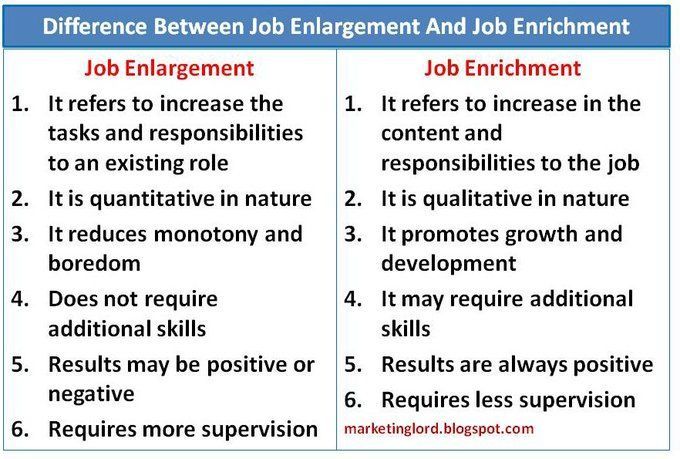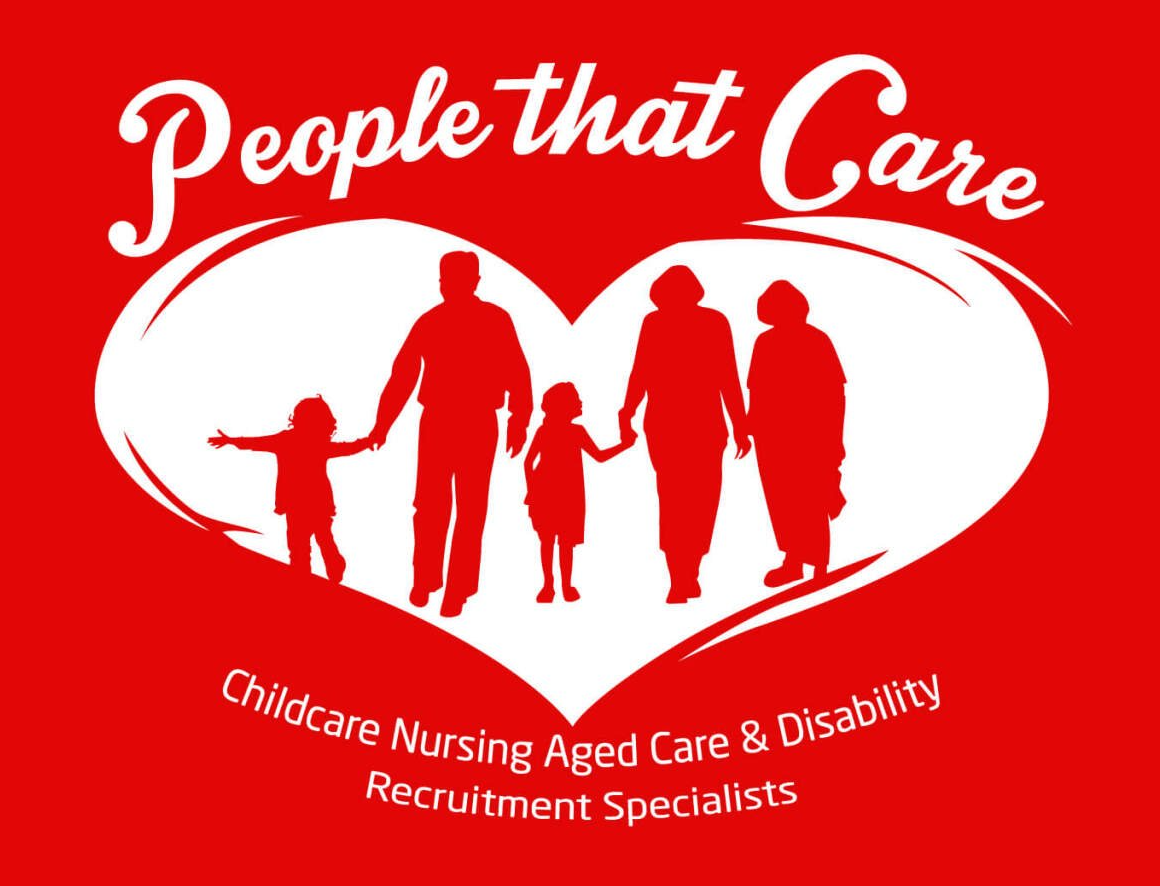Tips to ergonomically optimise your workspace for better health and productivity
Sitting all day can cause all sorts of trouble for your body. On average, people who work with computers will sit at their desks for up to 10 hours a day living out of inboxes, writing proposals, making calls, and even eating lunches.
For many of us, this lifestyle is our livelihood and the aches and pains that come with the job are something we’ve learned to live with, interfering with our productivity and how we enjoy our free time.
With the right desk setup and office equipment, you can avoid these common office injuries. We’ve put together a list of tips to help you improve your office ergonomics for better posture and productivity.
Invest in good seating
You’ll notice a difference straight away with an ergonomic chair. A well-designed chair supports your back and will help improve your posture.
Good chair posture will allow you to sit for longer stints of time without feeling strain on your neck and low back.
The correct seating position should look like:
- Your shoulders are pulled back
- Weight is evenly distributed on your hips
- Feet flat on the floor
- Knees bent at a right angle
- NOTE: Do not sit in the same position for more than 30 minutes
Adjust your monitor
Having a more ergonomic workspace doesn’t need to cost a lot of money. It can be as simple as making minor placement adjustments.
Your monitor should be at eye-level to avoid neck strain and at a distance from where your sitting (or standing) so that it doesn’t cause you eye strain.
Here’s an ergonomic hack: sit comfortably in your seat, and close your eyes. When you open your eyes, your eyes should rest on the address bar of a web-browser. Most screens have built-in extenders, but if they fall short, stack books to bring up the height.
Opt for a curved monitor
Do you have the budget to invest in a new computer screen? The curved monitors have gained popularity in the offices. The idea is that the screen matches the natural curvature of the human eyes. With a curved screen, your eyes and neck don’t have to work as hard navigating a large, flat screen.
Adjust your keyboard
For your keyboard setup, the most ergonomic positioning is to maintain a neutral or straight wrist position while your elbows are bent at slightly open 90 degree angle.
When you’re typing at your keyboard, you shoulders should relax down you back so that you’re not hunching over.
For greater support, you can prop your wrists on a wrists rest to match the height of your keyboard, or there are specially designed ergonomic keyboards to help those affected by carpal tunnel or arthritis.
Try a stand up desk
Stand up desks can offer relief from people experiencing lower back pain. With an adjustable desk, you get the best of both worlds.
You have the option to switch from standing to sitting and it will make more desk specific exercises more accessible.
Be mindful
It doesn’t matter if you have the most ergonomic office equipment in your office, if you’re not being intentional about how you sit, stand, and move all day, you won’t reap the benefits.
Check in and remind yourself to sit up straight in your chair, switch positions, or go for a walk if you’re beginning to feel uncomfortable.
Take frequent breaks
The best way to minimise eye-strain and other aches and pains is to go for a walk outside. If you have the luxury of taking a nice walk for your break (weather permitting) go outside.
When you’re staring at a monitor for long periods of time, your eyes can experience fatigue, blurred vision, lose the ability to focus, and can cause dizziness. By going on a walk, you can get your eyes to focus on distances further away from your screen which will help reduce symptoms of eye strain.
Source: https://www.majerrecruitment.com.au/ergonomically-optimise-space/


